Is Namu worth dining for the Korean or Japanese fare?
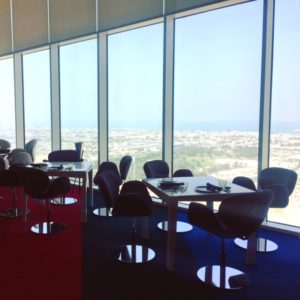 We have a new Japanese and Korean licensed restaurant in Dubai. It’s the latter cuisine I am more excited about, given Dubai only has one other licensed Korean restaurant (in Deira). Hite beer and spicy bulgogi anyone?
We have a new Japanese and Korean licensed restaurant in Dubai. It’s the latter cuisine I am more excited about, given Dubai only has one other licensed Korean restaurant (in Deira). Hite beer and spicy bulgogi anyone?
Namu’s location is far more central – nestled in the Al Habtoor City trio on the Sheikh Zayed and perched on the 31st floor of the W Hotel. Offering uninterrupted panoramic views of Dubai, it’s easy to understand why everyone wants a floor-to-ceiling window table – including the couple which my hostess had given my table away to. Unfortunately, for me, I received a call just 30 minutes before my reservation asking me to come in at 10pm instead of 9pm. On a work night! Unacceptable. If not for this review, I would have cancelled the reservation.
On the upside, once I am in, the floor service is quick, unfussy and helpful (to an extent). Illuminated with red accents against a repertoire of deep house beats, the décor syncs in perfectly with the edgy and avant-garde personality of the W brand and is both contemporary and unprecedented. The whole restaurant exudes a sleek, sexy and chic atmosphere. Considering it is late on a week night, I am surprised to see there is not a single empty table.
Pushing the boundaries of the ‘open kitchen’ concept is a square island comprising of four cooking stations, each focusing on a specific cooking method: steam, action, fire and ice. The ‘aha’ moment arrives when the four cooking methods resurface in the menu. Additionally, the menu boasts a section, Namu Dubai impressions, which includes the typical Japanese dishes that you’ll find in all of Dubai’s Japanese restaurants, such as the ever-present and infamous miso black cod. For a menu catering to both Japanese and Korean cuisine, it isn’t huge, but fits in most specialties. Unfortunately though, two dishes, including the house special, which is recommended to us by the waitress, is not available. Considering she upsells these to us, I am shocked at her lack of foresight.
 We start with a spicy maguro maki, a familiar sushi encompassing tuna, jalapeno, cilantro and yuzu pearls, and while the minutae of the dish – its presentation, charcoal plates, ingredients and flavours – are impressive, the crux of the dish by which I mean the sushi rice, fails. The lack of stickiness results in the sushi falling limp on the palate. Seeing that rice is a fundamental element of sushi, this makes for mediocre execution.
We start with a spicy maguro maki, a familiar sushi encompassing tuna, jalapeno, cilantro and yuzu pearls, and while the minutae of the dish – its presentation, charcoal plates, ingredients and flavours – are impressive, the crux of the dish by which I mean the sushi rice, fails. The lack of stickiness results in the sushi falling limp on the palate. Seeing that rice is a fundamental element of sushi, this makes for mediocre execution.
Next up comes the Namu steamed bun wrapped with Wagyu short ribs dressed in ssam jang sauce (a thick, spicy paste typically used to dress grilled meat in Korean cuisine) and white kimchi (fermented cabbage seasoned in a hot sauce). A genius interpretation of the traditional steamed bun, the buns are soft and steamed to perfection, every bite is nostalgic and steers the palate towards memories of steamed pork buns from my childhood in Singapore. The dish is presented in a traditional steam rattan basket. And while I am already impressed with the sheer smell and presentation, it is the succulent juicy meat that steals the show. Without a doubt, this recommendation by the waitress is the highlight of the entire meal. Truly love at first bite.
We then opt for the Namu surf ‘n turf marrying our carnivorous canines and pescatarian palate. Overall, the presentation is playful and colourful. With scallops stacked atop slices of wagyu beef topped by floral garnishes, this dish is the most visually appealing of all. The Hokkaido scallops have the right amount of freshness allowing for a chewy and bouncy consistency, while the wagyu steak slices, though understated, steal the limelight in this dish.
What would dinner at a Korean restaurant be without trying the national dish, bibimbap, as a near-final test for the Korean chef-helmed kitchen? It arrives in a hot-stoned bowl as typically served. However, what is different here, is the waitress dividing it up and serving us individual portions. Next thing I know, I have in front of me an evenly mixed bowl of rice, Korean vegetables and rice crackers beautifully reddened with gochujang sauce – a savoury, pungent and thick spicy sauce made from red chilli, fermented soybeans and salt. A modern interpretation of the bibimbap, I don’t usually find many vegetarian dishes impressive but this one is well executed.
We go with, yet again, the waitress’ recommendation for dessert – Japanese mochi. Simply three mochis – coconut, vanilla and chocolate flavoured – cut into half and served with a single Japanese daisy. Mediocre presentation with zero flavour. I am quite surprised with her suggestion, and that it’s a signature menu item.
At a reasonable AED255 per head for a three-course meal, Namu offers value for money. The Korean steamed buns and bibimbap in particular are worth seeking out. A pity, though, about the reservation change and dessert. I therefore give Namu an average 3 out of 5 FooDiva knives.
Have you tried Korean fare? Are you tempted?
Until next time,
JEC.
Who is FooDiva’s new guest reviewer? JEC has lived in some of the world’s best culinary destinations including Paris, Hong Kong, Singapore, Bangkok and Switzerland working as a marketing and PR professional in the hospitality industry. On the weekends, JEC works off her Dubai dining by teaching indoor cycling classes and practising yoga.
Is Namu @WHotelDubai worth dining for the Korean or Japanese fare? New guest writer JEC reviews for #FooDiva https://t.co/kVpiHilseF
— FooDiva (@FooDivaWorld) October 19, 2016
















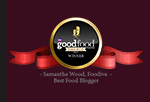








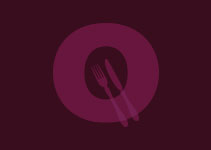

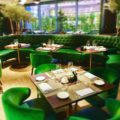
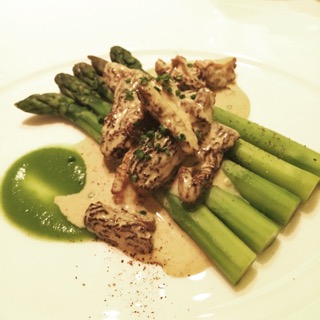
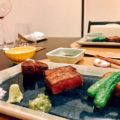



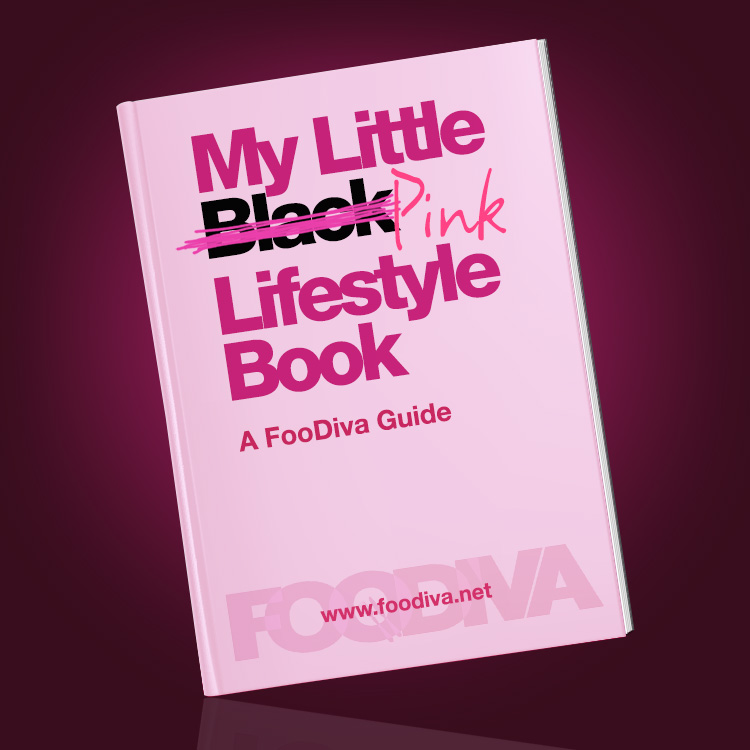






there’s another licensed Korean in Dubai: Kung’s at Byblos Barsha Heights (Tecom). Nothing fancy, but quite authentic according to Korean friends…